Artificial intelligence is evolving — and fast. For years, our interactions with AI were mostly one-dimensional, limited to chatbots or voice assistants that understood only text or speech. Now, a new generation of models is changing the game: multimodal AI systems that can simultaneously interpret and generate multiple types of input, such as images, text, video, and audio.
This shift is transforming how people and machines work together. With multimodal AI, digital experiences become more natural, fluid, and human-like. For professionals working in marketing, design, product, or development, this unlocks a new level of creativity and impact, offering tools that respond across formats and enable richer collaboration.
In this article, we will illustrate:
-
What Is Multimodal AI and Why Does It Matter?
-
Key Multimodal AI Applications Across Industries
-
What Multimodal AI Means for Your Career
-
Rethink Human-AI Collaboration With Multimodal AI
What Is Multimodal AI and Why Does It Matter?
Understanding what multimodal AI is starts with recognising how it differs from traditional AI systems. Instead of being limited to a single type of data, like text or audio, multimodal AI can interpret and generate content across multiple formats at once. This means it can, for example, analyse spoken commands alongside visual input or respond to a written prompt with both text and image outputs.
This matters because it brings AI one step closer to how humans actually communicate. We don’t rely on one mode of interaction — we speak, point, write, draw, and gesture. Multimodal AI applications make it possible to design systems that respond in a similarly dynamic way, with benefits such as:
-
More intuitive user experiences, especially in voice, visual, and hybrid interfaces
-
Improved accessibility, particularly for users with visual, auditory, or motor impairments
-
Smarter automation, allowing AI tools to generate or interpret context-rich content
-
Better cross-functional collaboration, as different input types can be analysed together for more complete insights
Key Multimodal AI Applications Across Industries
Across sectors, multimodal AI applications are enhancing how businesses operate, engage, and innovate. Below are some of the most practical and promising use cases already making an impact.
AI tools that generate copy paired with images or summarise long-form videos into shareable snippets are streamlining digital content production workflows. For marketers, this means faster asset creation, reduced turnaround time, and more aligned messaging across formats and platforms.
Imagine interacting with an app using voice, facial expressions, touch, and even spatial gestures all at once. From automotive dashboards to intelligent virtual assistants, multimodal AI is powering interfaces that feel more natural, responsive, and intuitively designed for users.
-
Design and Prototyping Tools
With modern design platforms, users can now generate mock-ups by combining text prompts with sketches, references, or other visual inputs. This accelerates early-stage ideation, supports real-time iteration, and allows non-designers to express product concepts more clearly and effectively.
-
Evolving Search and Discovery
Search tools are getting smarter and more flexible. Think: typing a query while uploading a photo, or asking a voice assistant to find something based on both a description and a video reference. This is transforming product discovery, in-depth research, and everyday content navigation across platforms.
-
Enhanced Virtual Training and Education
Multimodal AI is used in learning platforms to deliver adaptive training. By combining text, video, audio, and visuals, AI tutors tailor lessons to different learning styles, pairing diagrams with explanations or providing feedback based on user input. This supports corporate training and remote learning.
What Multimodal AI Means for Your Career
The rise of multimodal AI doesn’t just change how we interact with technology but also reshapes the way we work. As these systems become more embedded in business tools and consumer platforms, professionals in design, marketing, product, and development roles will need to adjust how they think, plan, and create.
-
For Marketers and Content Creators
With AI capable of generating full campaigns across multiple formats, marketers can focus more on strategy, storytelling, and audience personalisation. Knowing how multimodal AI interprets brand voice, visual identity, tone, and user intent can offer a strong competitive advantage.
-
For Designers and UX Professionals
Multimodal AI applications are creating interfaces that go beyond screens and buttons. Designers now need to factor in voice, gesture, spatial interaction, and visual triggers when mapping UX flows. This evolution supports more inclusive, human-centred design and expands the toolkit for prototyping and testing ideas.
-
For Developers and Product Managers
As multimodal AI becomes more prevalent, developers will need to integrate models that process audio, visuals, and text in tandem. Product managers, in turn, must plan features that support richer, more natural interactions. Understanding how multimodal AI applications behave helps teams design products that are both intuitive and future-ready.
Rethink Human-AI Collaboration With Multimodal AI
Multimodal interaction is no longer a futuristic concept — it has become a foundational part of how we engage with digital tools. By combining input formats in ways that feel intuitive and human, multimodal AI is raising the bar for productivity, creativity, and accessibility.
For professionals, now is the time to explore these tools, study their potential, and develop the necessary skills to use them effectively. At London TFE, we offer expert-led programmes designed to support that journey, including artificial intelligence training that bridges theory and real-world application. Take the next step with confidence and shape how tomorrow’s AI-driven world will work, create, and connect.
Author: LondonTFE
London Training for Excellence is a distinguished UK-based training company renowned for its global reach and exceptional educational offerings. With a team comprised of passionate and knowledgeable industry experts, we consistently deliver high-quality, award-winning courses and 'real-life’ lessons, guaranteeing that all our clients benefit from the utmost standards of excellence throughout their educational journey.
 All Courses
All Courses
 Accounting and Finance
Accounting and Finance Administration and Office Management
Administration and Office Management Business Administration
Business Administration Chemical Engineering
Chemical Engineering Communications and Public Relations (PR)
Communications and Public Relations (PR) Compliance and Legal
Compliance and Legal Construction Management
Construction Management Contract and Project Management
Contract and Project Management Customer Experience and Relationship Management
Customer Experience and Relationship Management Data Management and Business Intelligent
Data Management and Business Intelligent Digital Transformation
Digital Transformation Energy and Sustainability
Energy and Sustainability Health, Safety and Environment
Health, Safety and Environment Healthcare Management
Healthcare Management Hospitality & Tourism
Hospitality & Tourism Human Resources and Talent Development
Human Resources and Talent Development Industrial Manufacturing and Production
Industrial Manufacturing and Production Innovation and Artificial Intelligence (AI)
Innovation and Artificial Intelligence (AI) Leadership and Management
Leadership and Management Oil and Gas
Oil and Gas Procurement & Supply Chain Management
Procurement & Supply Chain Management Public Sector
Public Sector Quality and Productivity
Quality and Productivity Retail and E- Commerce
Retail and E- Commerce Sales and Marketing
Sales and Marketing Sports Event Management and Operations
Sports Event Management and Operations Strategy and Business Planning
Strategy and Business Planning Sustainability and CSR
Sustainability and CSR Learning Solutions
Learning Solutions
 About Us
About Us
 iLearn Blog
iLearn Blog
 Directory Calendar
Directory Calendar
 Contact Us
Contact Us
 All Courses
All Courses
 Accounting and Finance
Accounting and Finance Administration and Office Management
Administration and Office Management Business Administration
Business Administration Chemical Engineering
Chemical Engineering Communications and Public Relations (PR)
Communications and Public Relations (PR) Compliance and Legal
Compliance and Legal Construction Management
Construction Management Contract and Project Management
Contract and Project Management Customer Experience and Relationship Management
Customer Experience and Relationship Management Data Management and Business Intelligent
Data Management and Business Intelligent Digital Transformation
Digital Transformation Energy and Sustainability
Energy and Sustainability Health, Safety and Environment
Health, Safety and Environment Healthcare Management
Healthcare Management Hospitality & Tourism
Hospitality & Tourism Human Resources and Talent Development
Human Resources and Talent Development Industrial Manufacturing and Production
Industrial Manufacturing and Production Innovation and Artificial Intelligence (AI)
Innovation and Artificial Intelligence (AI) Leadership and Management
Leadership and Management Oil and Gas
Oil and Gas Procurement & Supply Chain Management
Procurement & Supply Chain Management Public Sector
Public Sector Quality and Productivity
Quality and Productivity Retail and E- Commerce
Retail and E- Commerce Sales and Marketing
Sales and Marketing Sports Event Management and Operations
Sports Event Management and Operations Strategy and Business Planning
Strategy and Business Planning Sustainability and CSR
Sustainability and CSR Learning Solutions
Learning Solutions
 About Us
About Us
 iLearn Blog
iLearn Blog Directory Calendar
Directory Calendar
 Contact Us
Contact Us








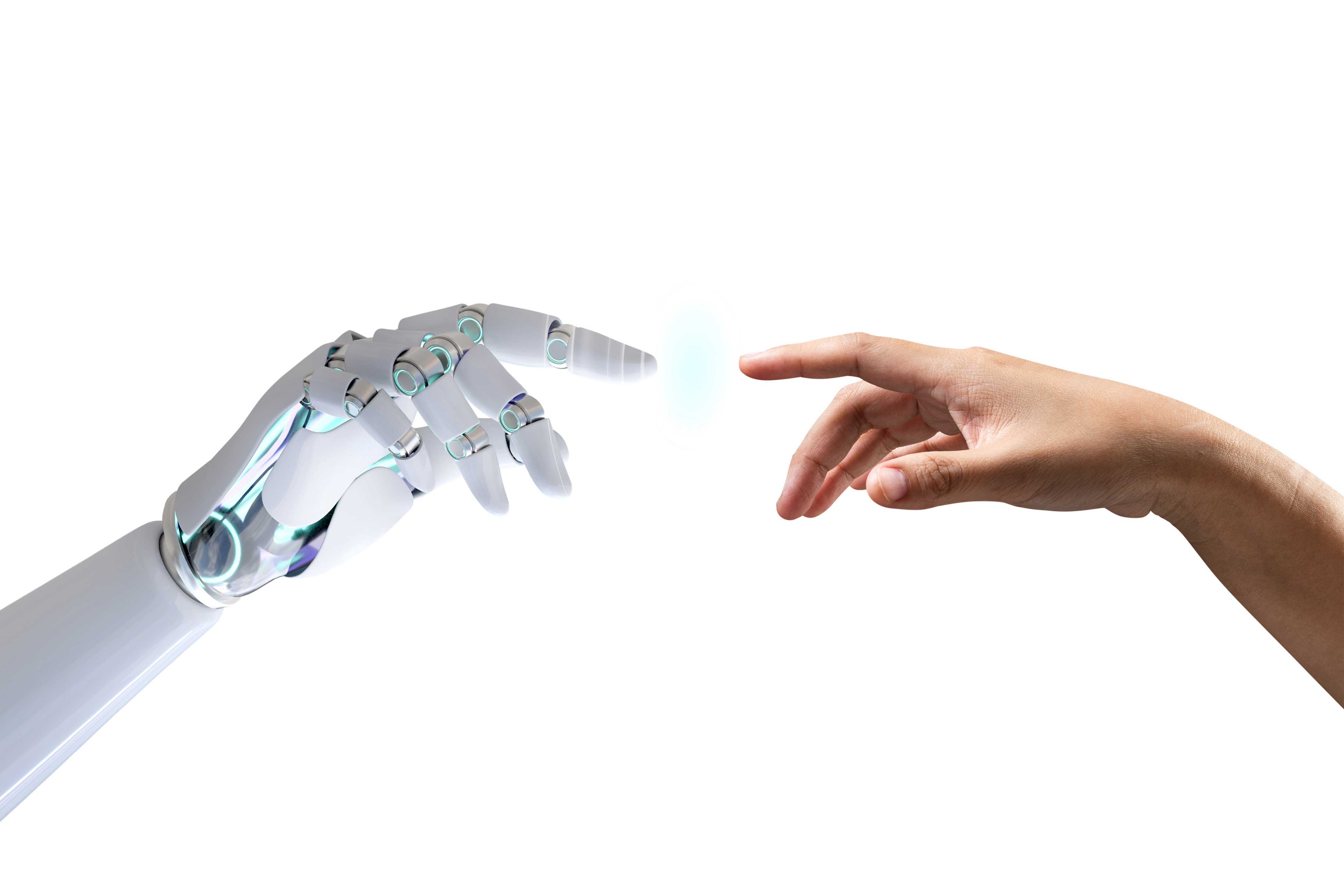

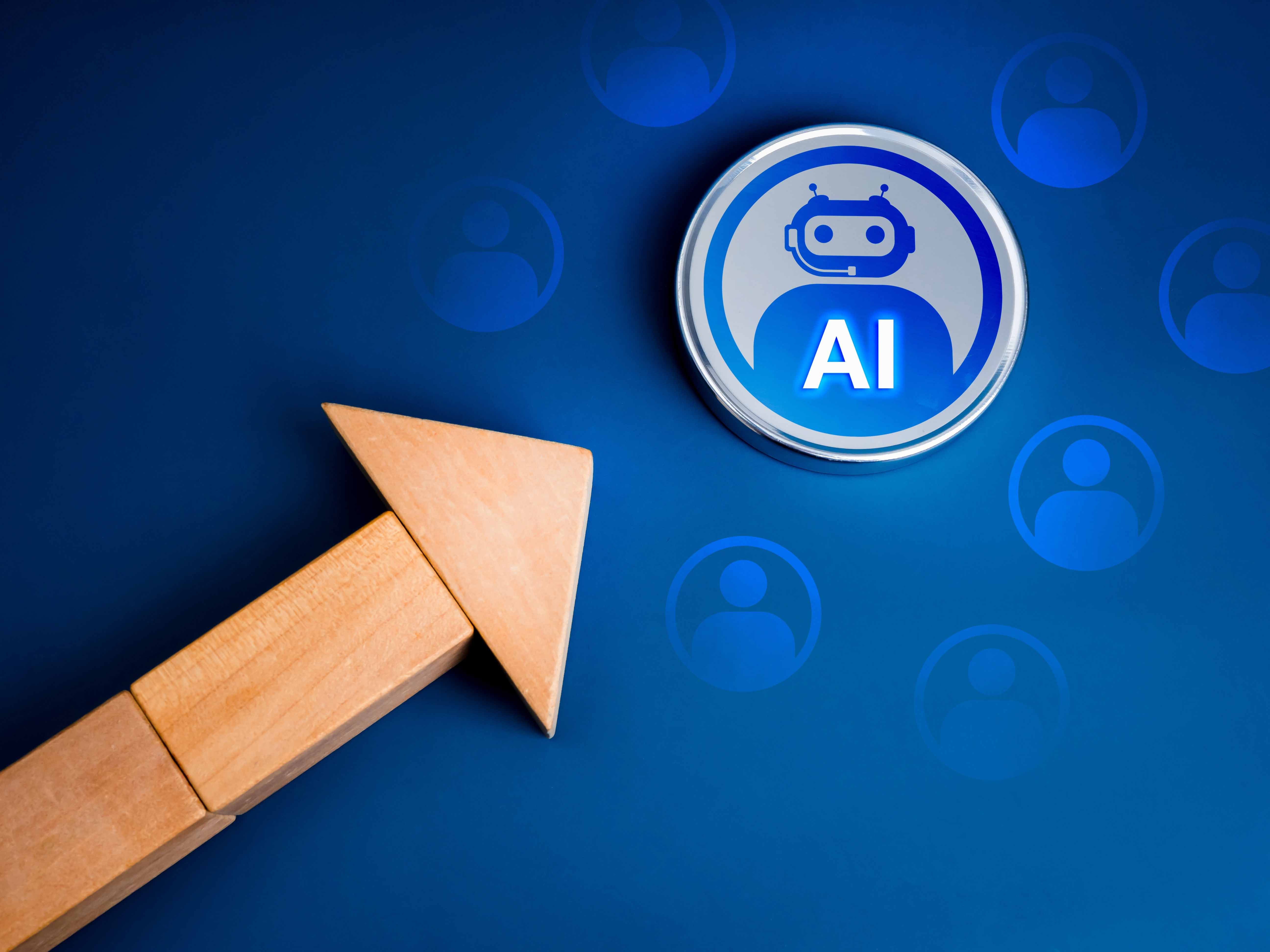
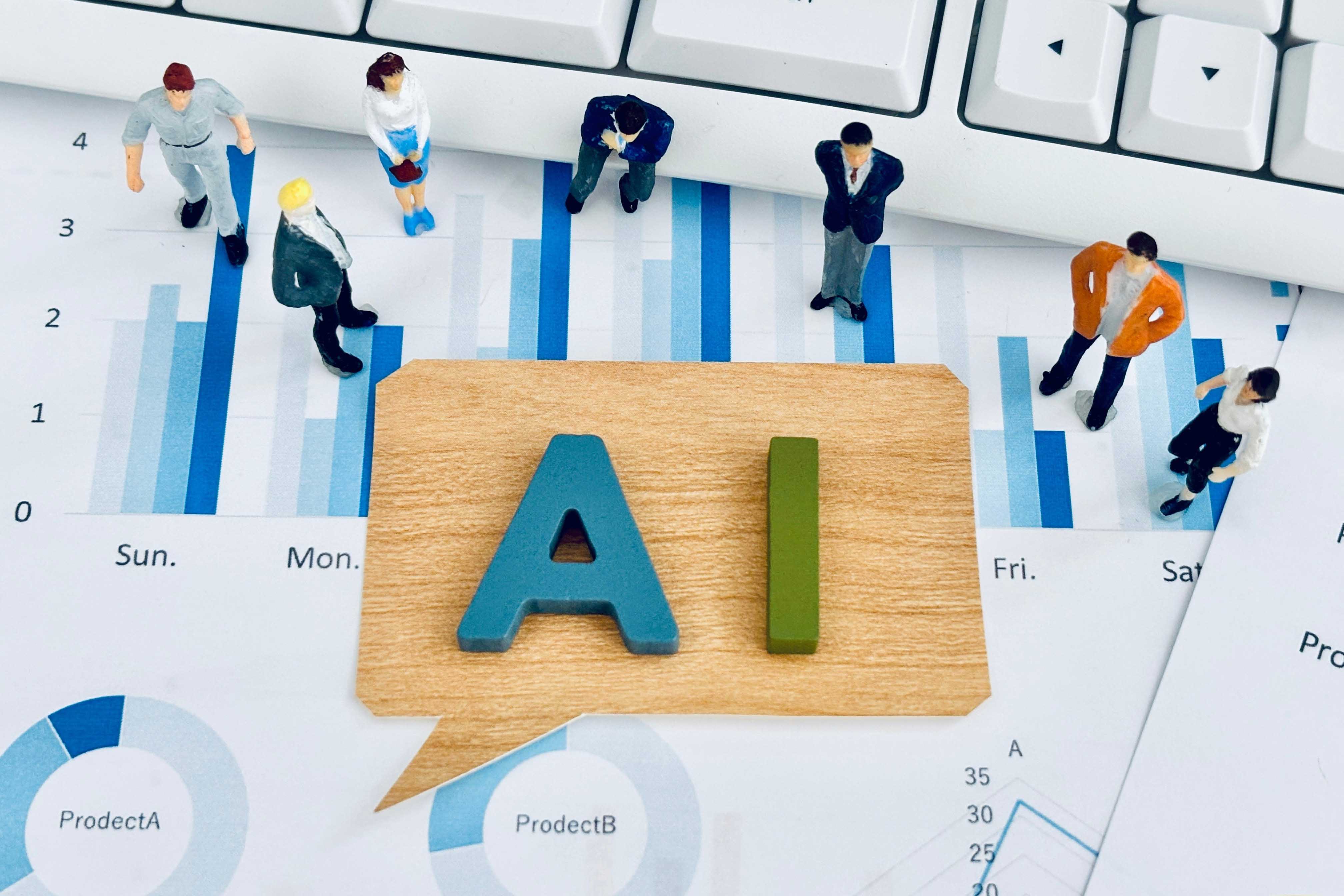
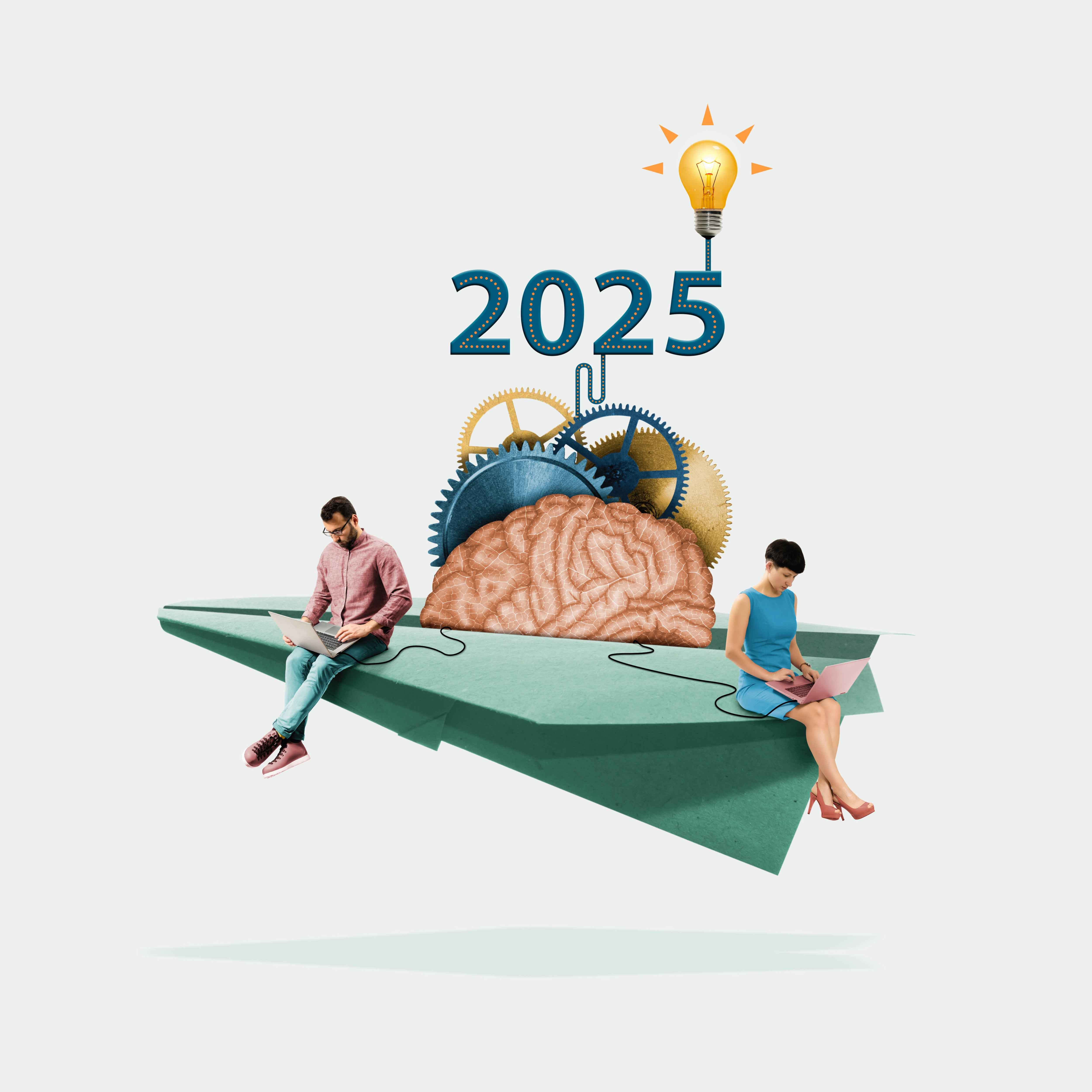


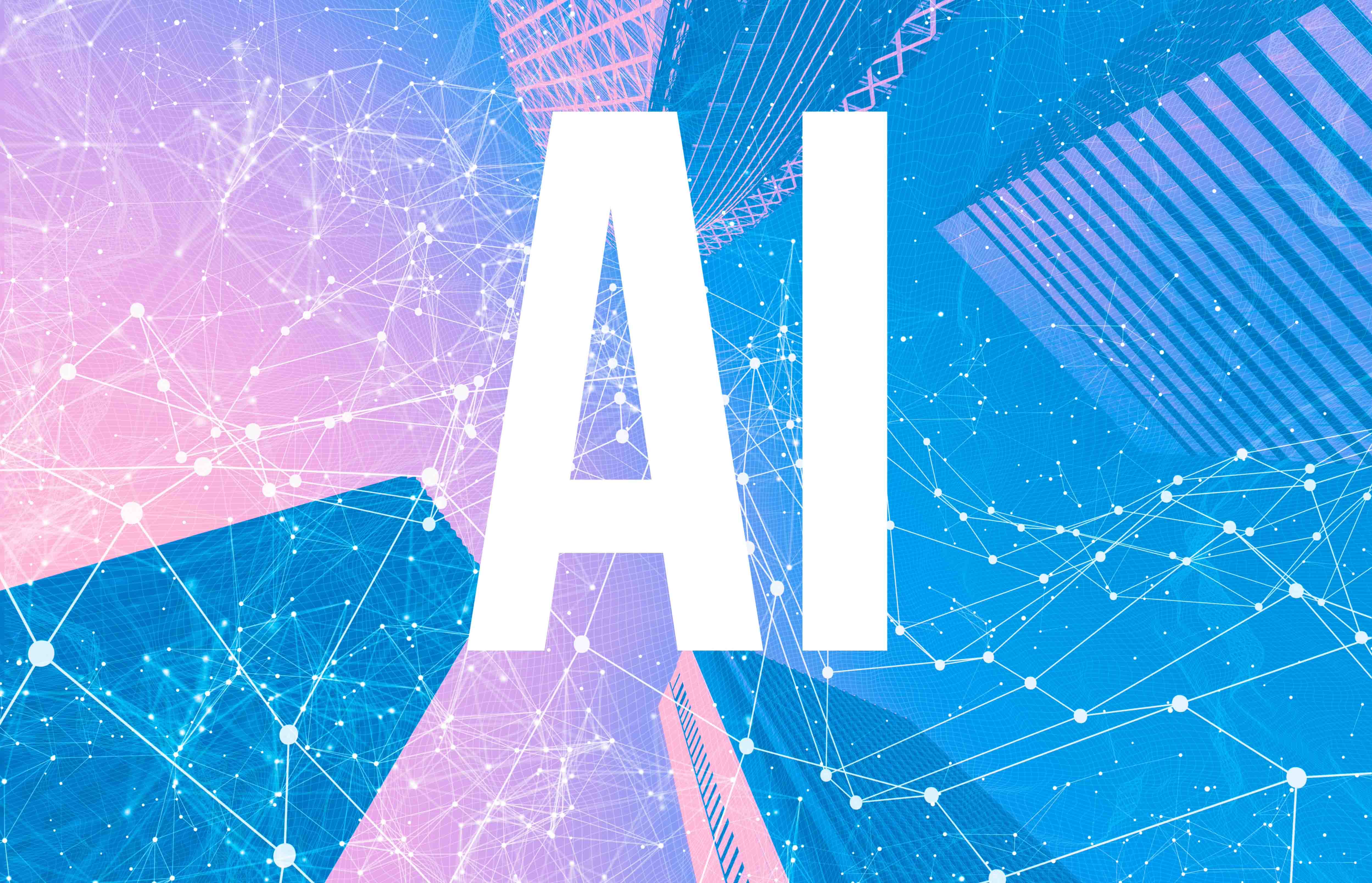







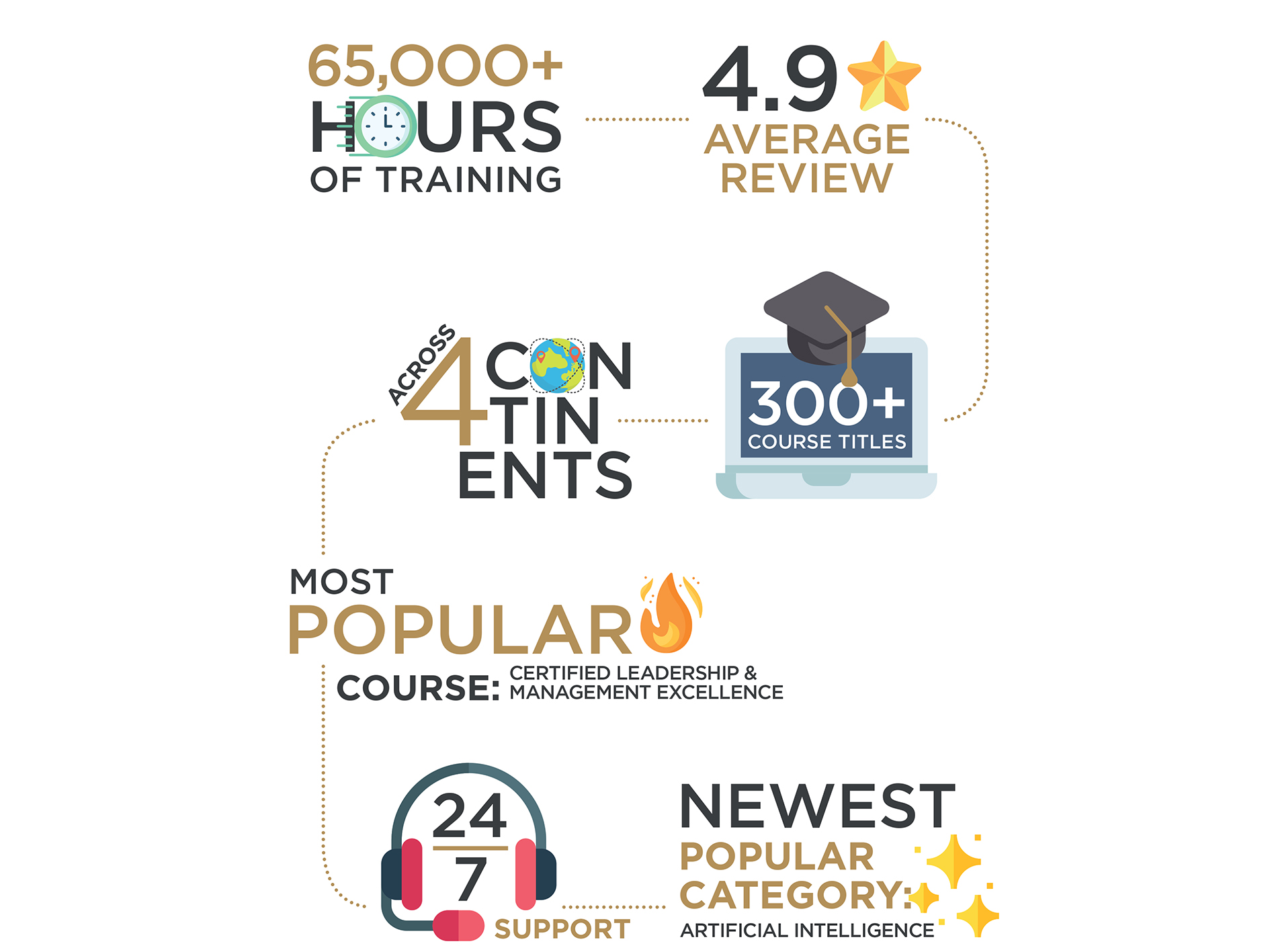



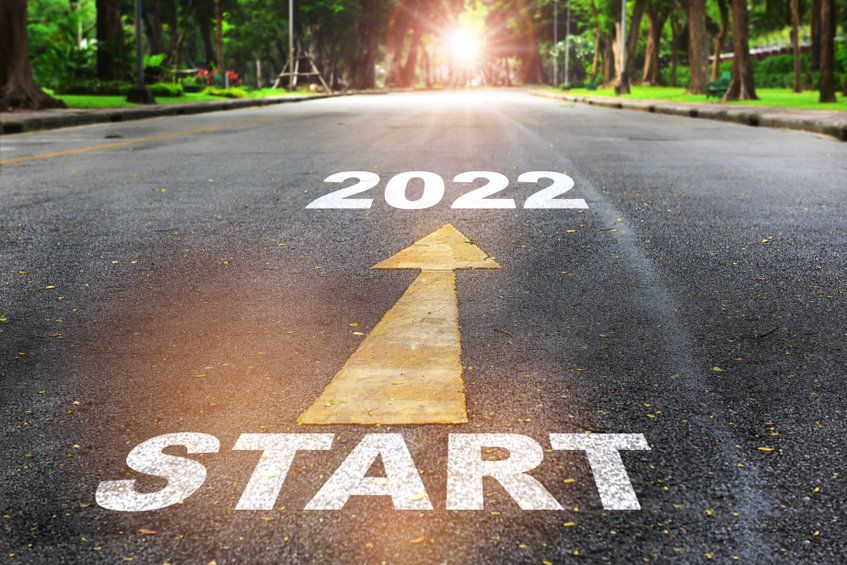


















 Course category
Course category Course Venue
Course Venue
